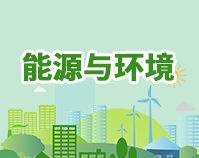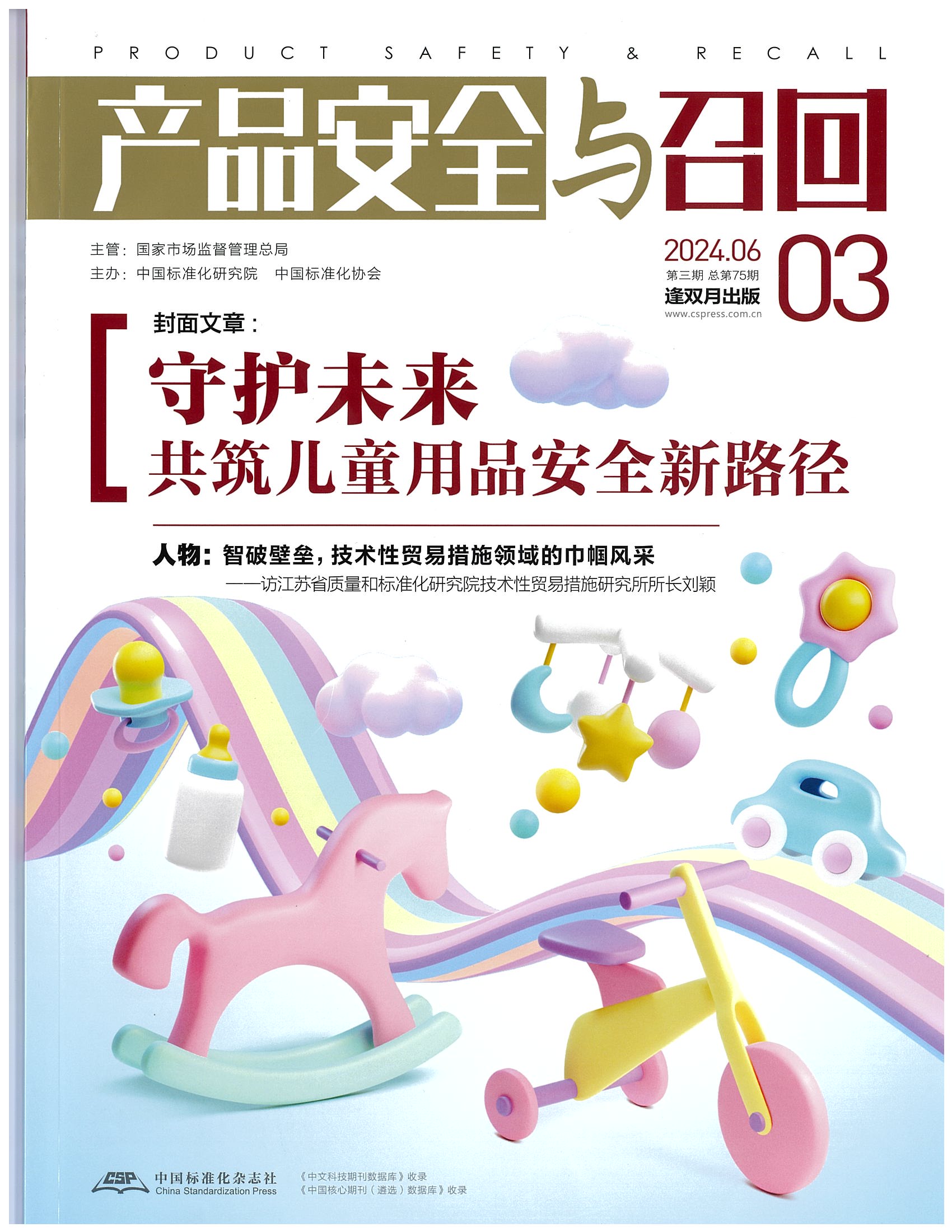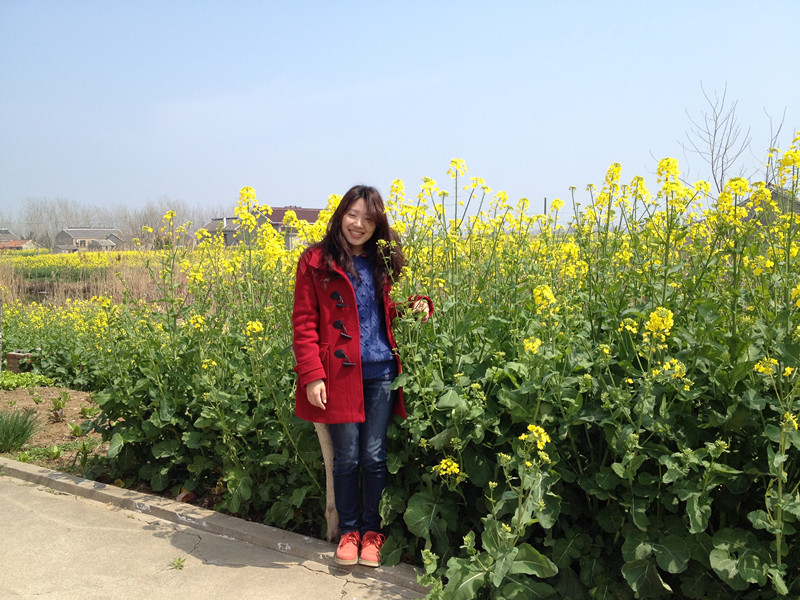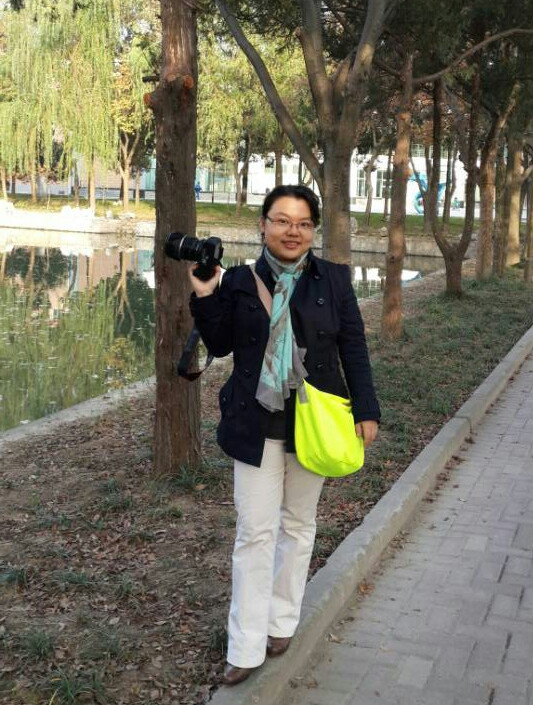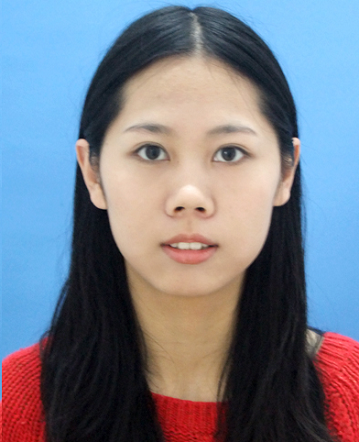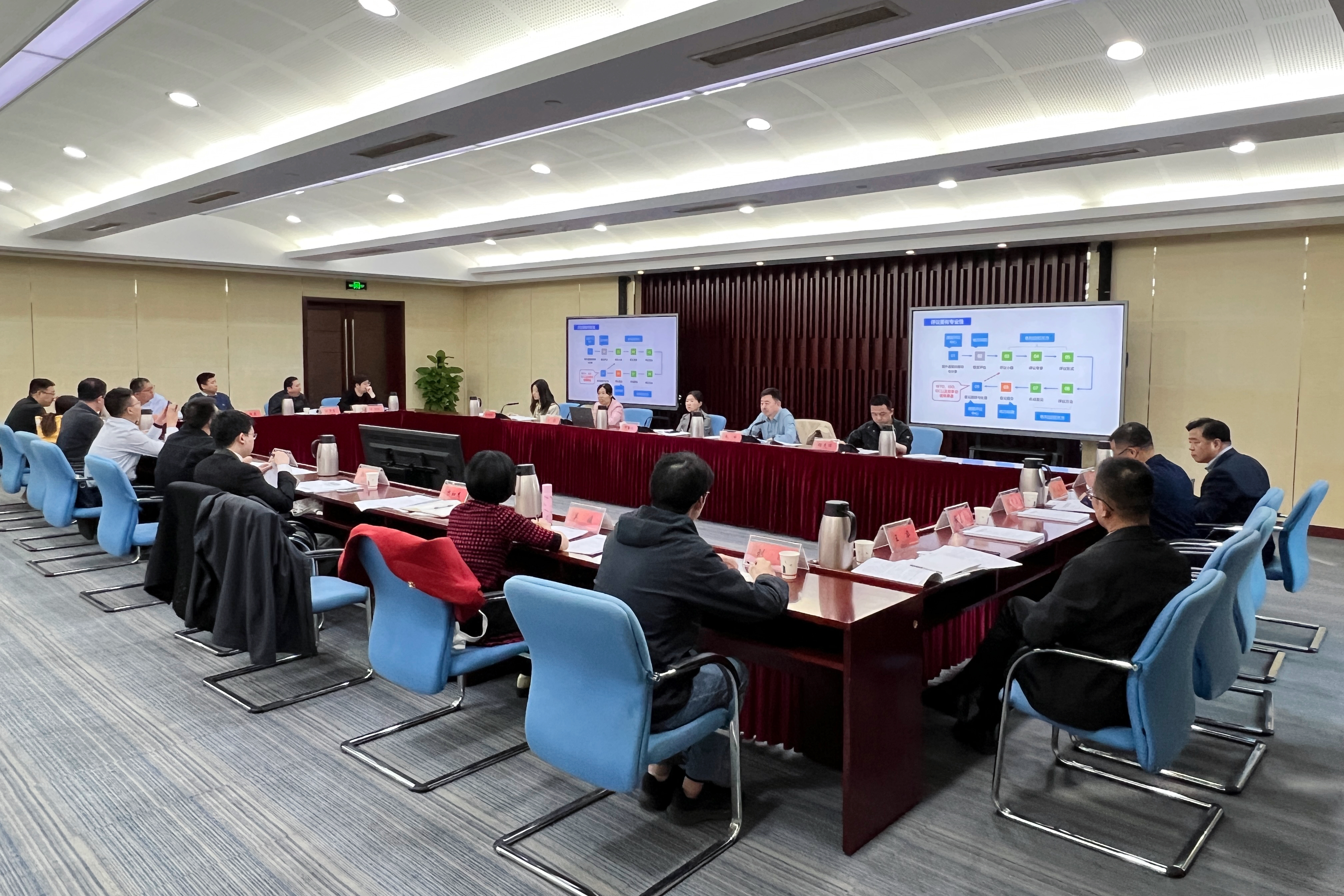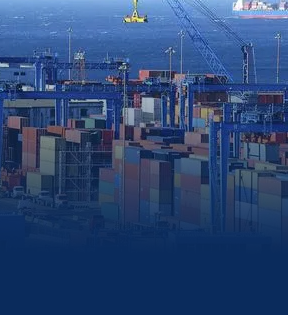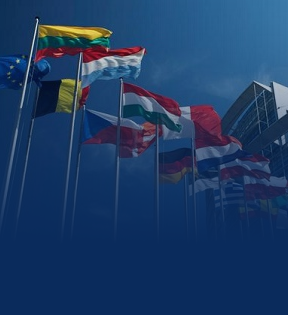AGREEMENT ON THE APPLICATION OF SANITARY AND PHYTOSANITARY MEASURES
Members,
Reaffirming that no Member should be prevented from adopting or enforcing measures necessary to protect human, animal or plant life or health, subject to the requirement that these measures are not applied in a manner which would constitute a means of arbitrary or unjustifiable discrimination between Members where the same conditions prevail or a disguised restriction on international trade;
Desiring to improve the human health, animal health and phytosanitary situation in all Members;
Noting that sanitary and phytosanitary measures are often applied on the basis of bilateral agreements or protocols;
Desiring the establishment of a multilateral framework of rules and disciplines to guide the development, adoption and enforcement of sanitary and phytosanitary measures in order to minimize their negative effects on trade;
Recognizing the important contribution that international standards, guidelines and recommendations can make in this regard;
Desiring to further the use of harmonized sanitary and phytosanitary measures between Members, on the basis of international standards, guidelines and recommendations developed by the relevant international organizations, including the Codex Alimentarius Commission, the International Office of Epizootics, and the relevant international and regional organizations operating within the framework of the International Plant Protection Convention, without requiring Members to change their appropriate level of protection of human, animal or plant life or health;
Recognizing that developing country Members may encounter special difficulties in complying with the sanitary or phytosanitary measures of importing Members, and as a consequence in access to markets, and also in the formulation and application of sanitary or phytosanitary measures in their own territories, and desiring to assist them in their endeavours in this regard;
Desiring therefore to elaborate rules for the application of the provisions of GATT 1994 which relate to the use of sanitary or phytosanitary measures, in particular the provisions of Article XX(b)[1];
Hereby agree as follows:
Article 1 - General Provisions
1.This Agreement applies to all sanitary and phytosanitary measures which may, directly or indirectly, affect international trade. Such measures shall be developed and applied in accordance with the provisions of this Agreement.
2. For the purposes of this Agreement, the definitions provided in Annex A shall apply.
3. The annexes are an integral part of this Agreement.
4. Nothing in this Agreement shall affect the rights of Members under the Agreement on Technical Barriers to Trade with respect to measures not within the scope of this Agreement.
Article 2 - Basic Rights and Obligations
1. Members have the right to take sanitary and phytosanitary measures necessary for the protection of human, animal or plant life or health, provided that such measures are not inconsistent with the provisions of this Agreement.
2. Members shall ensure that any sanitary or phytosanitary measure is applied only to the extent necessary to protect human, animal or plant life or health, is based on scientific principles and is not maintained without sufficient scientific evidence, except as provided for in paragraph 7 of Article 5.
3.Members shall ensure that their sanitary and phytosanitary measures do not arbitrarily or unjustifiably discriminate between Members where identical or similar conditions prevail, including between their own territory and that of other Members. Sanitary and phytosanitary measures shall not be applied in a manner which would constitute a disguised restriction on international trade.
4. Sanitary or phytosanitary measures which conform to the relevant provisions of this Agreement shall be presumed to be in accordance with the obligations of the Members under the provisions of GATT 1994 which relate to the use of sanitary or phytosanitary measures, in particular the provisions of Article XX(b).
Article 3 - Harmonization
1. To harmonize sanitary and phytosanitary measures on as wide a basis as possible, Members shall base their sanitary or phytosanitary measures on international standards, guidelines or recommendations, where they exist, except as otherwise provided for in this Agreement, and in particular in paragraph 3.
2. Sanitary or phytosanitary measures which conform to international standards, guidelines or recommendations shall be deemed to be necessary to protect human, animal or plant life or health, and presumed to be consistent with the relevant provisions of this Agreement and of GATT 1994.
3. Members may introduce or maintain sanitary or phytosanitary measures which result in a higher level of sanitary or phytosanitary protection than would be achieved by measures based on the relevant international standards, guidelines or recommendations, if there is a scientific justification, or as a consequence of the level of sanitary or phytosanitary protection a Member determines to be appropriate in accordance with the relevant provisions of paragraphs 1 through 8 of Article 5.[2] Notwithstanding the above, all measures which result in a level of sanitary or phytosanitary protection different from that which would be achieved by measures based on international standards, guidelines or recommendations shall not be inconsistent with any other provision of this Agreement.
4. Members shall play a full part, within the limits of their resources, in the relevant international organizations and their subsidiary bodies, in particular the Codex Alimentarius Commission, the International Office of Epizootics, and the international and regional organizations operating within the framework of the International Plant Protection Convention,
to promote within these organizations the development and periodic review of standards, guidelines and recommendations with respect to all aspects of sanitary and phytosanitary measures.
5. The Committee on Sanitary and Phytosanitary Measures provided for in paragraphs 1 and 4 of Article 12 (referred to in this Agreement as the "Committee") shall develop a procedure to monitor the process of international harmonization and coordinate efforts in this regard with the relevant international organizations.
Article 4 - Equivalence
1. Members shall accept the sanitary or phytosanitary measures of other Members as equivalent, even if these measures differ from their own or from those used by other Members trading in the same product, if the exporting Member objectively demonstrates to the importing Member that its measures achieve the importing Member's appropriate level of sanitary or phytosanitary protection. For this purpose, reasonable access shall be given, upon request, to the importing Member for inspection, testing and other relevant procedures.
2. Members shall, upon request, enter into consultations with the aim of achieving bilateral and multilateral agreements on recognition of the equivalence of specified sanitary or phytosanitary measures.
Article 5 - Assessment of Risk and Determination of the Appropriate Level - of Sanitary or Phytosanitary Protection
1. Members shall ensure that their sanitary or phytosanitary measures are based on an assessment, as appropriate to the circumstances, of the risks to human, animal or plant life or health, taking into account risk assessment techniques developed by the relevant international organizations.
2. In the assessment of risks, Members shall take into account available scientific evidence; relevant processes and production methods; relevant inspection, sampling and testing methods; prevalence of specific diseases or pests; existence of pest- or disease-free areas; relevant ecological and environmental conditions; and quarantine or other treatment.
3. In assessing the risk to animal or plant life or health and determining the measure to be applied for achieving the appropriate level of sanitary or phytosanitary protection from such risk, Members shall take into account as relevant economic factors: the potential damage in terms of loss of production or sales in the event of the entry, establishment or spread of a pest or disease; the costs of control or eradication in the territory of the importing Member; and the relative cost-effectiveness of alternative approaches to limiting risks.
4. Members should, when determining the appropriate level of sanitary or phytosanitary protection, take into account the objective of minimizing negative trade effects.
5. With the objective of achieving consistency in the application of the concept of appropriate level of sanitary or phytosanitary protection against risks to human life or health, or to animal and plant life or health, each Member shall avoid arbitrary or unjustifiable distinctions in the levels it considers to be appropriate in different situations, if such distinctions result in discrimination or a disguised restriction on international trade. Members shall cooperate in the Committee, in accordance with paragraphs 1, 2 and 3 of Article 12, to develop guidelines to
further the practical implementation of this provision. In developing the guidelines, the Committee shall take into account all relevant factors, including the exceptional character of human health risks to which people voluntarily expose themselves.
6. Without prejudice to paragraph 2 of Article 3, when establishing or maintaining sanitary or phytosanitary measures to achieve the appropriate level of sanitary or phytosanitary protection, Members shall ensure that such measures are not more trade-restrictive than required to achieve their appropriate level of sanitary or phytosanitary protection, taking into account technical and economic feasibility.[3]
7.In cases where relevant scientific evidence is insufficient, a Member may provisionally adopt sanitary or phytosanitary measures on the basis of available pertinent information, including that from the relevant international organizations as well as from sanitary or phytosanitary measures applied by other Members. In such circumstances, Members shall seek to obtain the additional information necessary for a more objective assessment of risk and review the sanitary or phytosanitary measure accordingly within a reasonable period of time.
8. When a Member has reason to believe that a specific sanitary or phytosanitary measure introduced or maintained by another Member is constraining, or has the potential to constrain, its exports and the measure is not based on the relevant international standards, guidelines or recommendations, or such standards, guidelines or recommendations do not exist, an explanation of the reasons for such sanitary or phytosanitary measure may be requested and shall be provided by the Member maintaining the measure.
Article 6 - Adaptation to Regional Conditions, Including Pest- or Disease-Free Areas - and Areas of Low Pest or Disease Prevalence
1. Members shall ensure that their sanitary or phytosanitary measures are adapted to the sanitary or phytosanitary characteristics of the area - whether all of a country, part of a country, or all or parts of several countries - from which the product originated and to which the product is destined. In assessing the sanitary or phytosanitary characteristics of a region, Members shall take into account, inter alia, the level of prevalence of specific diseases or pests, the existence of eradication or control programmes, and appropriate criteria or guidelines which may be developed by the relevant international organizations.
2. Members shall, in particular, recognize the concepts of pest- or disease-free areas and areas of low pest or disease prevalence. Determination of such areas shall be based on factors such as geography, ecosystems, epidemiological surveillance, and the effectiveness of sanitary or phytosanitary controls.
3. Exporting Members claiming that areas within their territories are pest- or disease-free areas or areas of low pest or disease prevalence shall provide the necessary evidence thereof in order to objectively demonstrate to the importing Member that such areas are, and are likely to remain, pest- or disease-free areas or areas of low pest or disease prevalence, respectively. For this purpose, reasonable access shall be given, upon request, to the importing Member for inspection, testing and other relevant procedures.
Article 7 - Transparency
Members shall notify changes in their sanitary or phytosanitary measures and shall provide information on their sanitary or phytosanitary measures in accordance with the provisions of Annex B.
Article 8 - Control, Inspection and Approval Procedures
Members shall observe the provisions of Annex C in the operation of control, inspection and approval procedures, including national systems for approving the use of additives or for establishing tolerances for contaminants in foods, beverages or feedstuffs, and otherwise ensure that their procedures are not inconsistent with the provisions of this Agreement.
Article 9 - Technical Assistance
1. Members agree to facilitate the provision of technical assistance to other Members, especially developing country Members, either bilaterally or through the appropriate international organizations. Such assistance may be, inter alia, in the areas of processing technologies, research and infrastructure, including in the establishment of national regulatory bodies, and may take the form of advice, credits, donations and grants, including for the purpose of seeking technical expertise, training and equipment to allow such countries to adjust to, and comply with, sanitary or phytosanitary measures necessary to achieve the appropriate level of sanitary or phytosanitary protection in their export markets.
2. Where substantial investments are required in order for an exporting developing country Member to fulfil the sanitary or phytosanitary requirements of an importing Member, the latter shall consider providing such technical assistance as will permit the developing country Member to maintain and expand its market access opportunities for the product involved.
Article 10 - Special and Differential Treatment
1. In the preparation and application of sanitary or phytosanitary measures, Members shall take account of the special needs of developing country Members, and in particular of the least-developed country Members.
2. Where the appropriate level of sanitary or phytosanitary protection allows scope for the phased introduction of new sanitary or phytosanitary measures, longer time-frames for compliance should be accorded on products of interest to developing country Members so as to maintain opportunities for their exports.
3. With a view to ensuring that developing country Members are able to comply with the provisions of this Agreement, the Committee is enabled to grant to such countries, upon request, specified, time-limited exceptions in whole or in part from obligations under this Agreement, taking into account their financial, trade and development needs.
4. Members should encourage and facilitate the active participation of developing country Members in the relevant international organizations.
Article 11 - Consultations and Dispute Settlement
1. The provisions of Articles XXII and XXIII of GATT 1994 as elaborated and applied by the Dispute Settlement Understanding shall apply to consultations and the settlement of disputes under this Agreement, except as otherwise specifically provided herein.
2. In a dispute under this Agreement involving scientific or technical issues, a panel should seek advice from experts chosen by the panel in consultation with the parties to the dispute. To this end, the panel may, when it deems it appropriate, establish an advisory technical experts group, or consult the relevant international organizations, at the request of either party to the dispute or on its own initiative.
3. Nothing in this Agreement shall impair the rights of Members under other international agreements, including the right to resort to the good offices or dispute settlement mechanisms of other international organizations or established under any international agreement.
Article 12 - Administration
1. A Committee on Sanitary and Phytosanitary Measures is hereby established to provide a regular forum for consultations. It shall carry out the functions necessary to implement the provisions of this Agreement and the furtherance of its objectives, in particular with respect to harmonization. The Committee shall reach its decisions by consensus.
2. The Committee shall encourage and facilitate ad hoc consultations or negotiations among Members on specific sanitary or phytosanitary issues. The Committee shall encourage the use of international standards, guidelines or recommendations by all Members and, in this regard, shall sponsor technical consultation and study with the objective of increasing coordination and integration between international and national systems and approaches for approving the use of food additives or for establishing tolerances for contaminants in foods, beverages or feedstuffs.
3. The Committee shall maintain close contact with the relevant international organizations in the field of sanitary and phytosanitary protection, especially with the Codex Alimentarius Commission, the International Office of Epizootics, and the Secretariat of the International Plant Protection Convention, with the objective of securing the best available scientific and technical advice for the administration of this Agreement and in order to ensure that unnecessary duplication of effort is avoided.
4. The Committee shall develop a procedure to monitor the process of international harmonization and the use of international standards, guidelines or recommendations. For this purpose, the Committee should, in conjunction with the relevant international organizations, establish a list of international standards, guidelines or recommendations relating to sanitary or phytosanitary measures which the Committee determines to have a major trade impact. The list should include an indication by Members of those international standards, guidelines or recommendations which they apply as conditions for import or on the basis of which imported products conforming to these standards can enjoy access to their markets. For those cases in which a Member does not apply an international standard, guideline or recommendation as a condition for import, the Member should provide an indication of the reason therefor, and, in particular, whether it considers that the standard is not stringent enough to provide the appropriate level of sanitary or phytosanitary protection. If a Member revises its position, following its indication of the use of a standard, guideline or recommendation as a condition for import, it should provide an explanation for its change and so inform the Secretariat as well as
the relevant international organizations, unless such notification and explanation is given according to the procedures of Annex B.
5. In order to avoid unnecessary duplication, the Committee may decide, as appropriate, to use the information generated by the procedures, particularly for notification, which are in operation in the relevant international organizations.
6. The Committee may, on the basis of an initiative from one of the Members, through appropriate channels invite the relevant international organizations or their subsidiary bodies to examine specific matters with respect to a particular standard, guideline or recommendation, including the basis of explanations for non-use given according to paragraph 4.
7. The Committee shall review the operation and implementation of this Agreement three years after the date of entry into force of the WTO Agreement, and thereafter as the need arises. Where appropriate, the Committee may submit to the Council for Trade in Goods proposals to amend the text of this Agreement having regard, inter alia, to the experience gained in its implementation.
Article 13 - Implementation
Members are fully responsible under this Agreement for the observance of all obligations set forth herein. Members shall formulate and implement positive measures and mechanisms in support of the observance of the provisions of this Agreement by other than central government bodies. Members shall take such reasonable measures as may be available to them to ensure that non-governmental entities within their territories, as well as regional bodies in which relevant entities within their territories are members, comply with the relevant provisions of this Agreement. In addition, Members shall not take measures which have the effect of, directly or indirectly, requiring or encouraging such regional or non-governmental entities, or local governmental bodies, to act in a manner inconsistent with the provisions of this Agreement. Members shall ensure that they rely on the services of non-governmental entities for implementing sanitary or phytosanitary measures only if these entities comply with the provisions of this Agreement.
Article 14 - Final Provisions
The least-developed country Members may delay application of the provisions of this Agreement for a period of five years following the date of entry into force of the WTO Agreement with respect to their sanitary or phytosanitary measures affecting importation or imported products. Other developing country Members may delay application of the provisions of this Agreement, other than paragraph 8 of Article 5 and Article 7, for two years following the date of entry into force of the WTO Agreement with respect to their existing sanitary or phytosanitary measures affecting importation or imported products, where such application is prevented by a lack of technical expertise, technical infrastructure or resources.
ANNEX A - DEFINITIONS[4]
1. Sanitary or phytosanitary measure - Any measure applied:
(a) to protect animal or plant life or health within the territory of the Member from risks arising from the entry, establishment or spread of pests, diseases, disease-carrying organisms or disease-causing organisms;
(b) to protect human or animal life or health within the territory of the Member from risks arising from additives, contaminants, toxins or disease-causing organisms in foods, beverages or feedstuffs;
(c) to protect human life or health within the territory of the Member from risks arising from diseases carried by animals, plants or products thereof, or from the entry, establishment or spread of pests; or
(d) to prevent or limit other damage within the territory of the Member from the entry, establishment or spread of pests.
Sanitary or phytosanitary measures include all relevant laws, decrees, regulations, requirements and procedures including, inter alia, end product criteria; processes and production methods; testing, inspection, certification and approval procedures; quarantine treatments including relevant requirements associated with the transport of animals or plants, or with the materials necessary for their survival during transport; provisions on relevant statistical methods, sampling procedures and methods of risk assessment; and packaging and labelling requirements directly related to food safety.
2. Harmonization - The establishment, recognition and application of common sanitary and phytosanitary measures by different Members.
3. International standards, guidelines and recommendations
(a) for food safety, the standards, guidelines and recommendations established by the Codex Alimentarius Commission relating to food additives, veterinary drug and pesticide residues, contaminants, methods of analysis and sampling, and codes and guidelines of hygienic practice;
(b) for animal health and zoonoses, the standards, guidelines and recommendations developed under the auspices of the International Office of Epizootics;
(c) for plant health, the international standards, guidelines and recommendations developed under the auspices of the Secretariat of the International Plant Protection Convention in cooperation with regional organizations operating within the framework of the International Plant Protection Convention; and
(d) for matters not covered by the above organizations, appropriate standards, guidelines and recommendations promulgated by other relevant international organizations open for membership to all Members, as identified by the Committee.
4. Risk assessment - The evaluation of the likelihood of entry, establishment or spread of a pest or disease within the territory of an importing Member according to the sanitary or phytosanitary measures which might be applied, and of the associated potential biological and economic consequences; or the evaluation of the potential for adverse effects on human or animal health arising from the presence of additives, contaminants, toxins or disease-causing organisms in food, beverages or feedstuffs.
5. Appropriate level of sanitary or phytosanitary protection - The level of protection deemed appropriate by the Member establishing a sanitary or phytosanitary measure to protect human, animal or plant life or health within its territory.
(NOTE: Many Members otherwise refer to this concept as the "acceptable level of risk".)
6. Pest- or disease-free area - An area, whether all of a country, part of a country, or all or parts of several countries, as identified by the competent authorities, in which a specific pest or disease does not occur.
(NOTE: A pest- or disease-free area may surround, be surrounded by, or be adjacent to an area - whether within part of a country or in a geographic region which includes parts of or all of several countries -in which a specific pest or disease is known to occur but is subject to regional control measures such as the establishment of protection, surveillance and buffer zones which will confine or eradicate the pest or disease in question.)
7. Area of low pest or disease prevalence - An area, whether all of a country, part of a country, or all or parts of several countries, as identified by the competent authorities, in which a specific pest or disease occurs at low levels and which is subject to effective surveillance, control or eradication measures.
ANNEX B - TRANSPARENCY OF SANITARY AND PHYTOSANITARY REGULATIONS
Publication of regulations
1. Members shall ensure that all sanitary and phytosanitary regulations[5] which have been adopted are published promptly in such a manner as to enable interested Members to become acquainted with them.
2. Except in urgent circumstances, Members shall allow a reasonable interval between the publication of a sanitary or phytosanitary regulation and its entry into force in order to allow time for producers in exporting Members, and particularly in developing country Members, to adapt their products and methods of production to the requirements of the importing Member.
Enquiry points
3. Each Member shall ensure that one enquiry point exists which is responsible for the provision of answers to all reasonable questions from interested Members as well as for the provision of relevant documents regarding:
(a) any sanitary or phytosanitary regulations adopted or proposed within its territory;
(b) any control and inspection procedures, production and quarantine treatment, pesticide tolerance and food additive approval procedures, which are operated within its territory;
(c) risk assessment procedures, factors taken into consideration, as well as the determination of the appropriate level of sanitary or phytosanitary protection;
(d) the membership and participation of the Member, or of relevant bodies within its territory, in international and regional sanitary and phytosanitary organizations and systems, as well as in bilateral and multilateral agreements and arrangements within the scope of this Agreement, and the texts of such agreements and arrangements.
4. Members shall ensure that where copies of documents are requested by interested Members, they are supplied at the same price (if any), apart from the cost of delivery, as to the nationals[6] of the Member concerned.
Notification procedures
5. Whenever an international standard, guideline or recommendation does not exist or the content of a proposed sanitary or phytosanitary regulation is not substantially the same as the content of an international standard, guideline or recommendation, and if the regulation may have a significant effect on trade of other Members, Members shall:
(a) publish a notice at an early stage in such a manner as to enable interested Members to become acquainted with the proposal to introduce a particular regulation;
(b) notify other Members, through the Secretariat, of the products to be covered by the regulation together with a brief indication of the objective and rationale of the proposed regulation. Such notifications shall take place at an early stage, when amendments can still be introduced and comments taken into account;
(c) provide upon request to other Members copies of the proposed regulation and, whenever possible, identify the parts which in substance deviate from international standards, guidelines or recommendations;
(d) without discrimination, allow reasonable time for other Members to make comments in writing, discuss these comments upon request, and take the comments and the results of the discussions into account.
6. However, where urgent problems of health protection arise or threaten to arise for a Member, that Member may omit such of the steps enumerated in paragraph 5 of this Annex as it finds necessary, provided that the Member:
(a) immediately notifies other Members, through the Secretariat, of the particular regulation and the products covered, with a brief indication of the objective and the rationale of the regulation, including the nature of the urgent problem(s);
(b) provides, upon request, copies of the regulation to other Members;
(c) allows other Members to make comments in writing, discusses these comments upon request, and takes the comments and the results of the discussions into account.
7. Notifications to the Secretariat shall be in English, French or Spanish.
8. Developed country Members shall, if requested by other Members, provide copies of the documents or, in case of voluminous documents, summaries of the documents covered by a specific notification in English, French or Spanish.
9. The Secretariat shall promptly circulate copies of the notification to all Members and interested international organizations and draw the attention of developing country Members to any notifications relating to products of particular interest to them.
10. Members shall designate a single central government authority as responsible for the implementation, on the national level, of the provisions concerning notification procedures according to paragraphs 5, 6, 7 and 8 of this Annex.
General reservations
11. Nothing in this Agreement shall be construed as requiring:
(a) the provision of particulars or copies of drafts or the publication of texts other than in the language of the Member except as stated in paragraph 8 of this Annex; or
(b) Members to disclose confidential information which would impede enforcement of sanitary or phytosanitary legislation or which would prejudice the legitimate commercial interests of particular enterprises.
ANNEX C - CONTROL, INSPECTION AND APPROVAL PROCEDURES[7]
1. Members shall ensure, with respect to any procedure to check and ensure the fulfilment of sanitary or phytosanitary measures, that:
(a) such procedures are undertaken and completed without undue delay and in no less favourable manner for imported products than for like domestic products;
(b) the standard processing period of each procedure is published or that the anticipated processing period is communicated to the applicant upon request; when receiving an application, the competent body promptly examines the completeness of the documentation and informs the applicant in a precise and complete manner of all deficiencies; the competent body transmits as soon as possible the results of the procedure in a precise and complete manner to the applicant so that corrective action may be taken if necessary; even when the application has deficiencies, the competent body proceeds as far as practicable with the procedure if the applicant so requests; and that upon request, the applicant is informed of the stage of the procedure, with any delay being explained;
(c) information requirements are limited to what is necessary for appropriate control, inspection and approval procedures, including for approval of the use of additives or for the establishment of tolerances for contaminants in food, beverages or feedstuffs;
(d) the confidentiality of information about imported products arising from or supplied in connection with control, inspection and approval is respected in a way no less favourable than for domestic products and in such a manner that legitimate commercial interests are protected;
(e) any requirements for control, inspection and approval of individual specimens of a product are limited to what is reasonable and necessary;
(f) any fees imposed for the procedures on imported products are equitable in relation to any fees charged on like domestic products or products originating in any other Member and should be no higher than the actual cost of the service;
(g) the same criteria should be used in the siting of facilities used in the procedures and the selection of samples of imported products as for domestic products so as to minimize the inconvenience to applicants, importers, exporters or their agents;
(h) whenever specifications of a product are changed subsequent to its control and inspection in light of the applicable regulations, the procedure for the modified product is limited to what is necessary to determine whether adequate confidence exists that the product still meets the regulations concerned; and
(i) a procedure exists to review complaints concerning the operation of such procedures and to take corrective action when a complaint is justified.
Where an importing Member operates a system for the approval of the use of food additives or for the establishment of tolerances for contaminants in food, beverages or feedstuffs which prohibits or restricts access to its domestic markets for products based on the absence of an approval, the importing Member shall consider the use of a relevant international standard as the basis for access until a final determination is made.
2. Where a sanitary or phytosanitary measure specifies control at the level of production, the Member in whose territory the production takes place shall provide the necessary assistance to facilitate such control and the work of the controlling authorities.
3. Nothing in this Agreement shall prevent Members from carrying out reasonable inspection within their own territories.
[1] In this Agreement, reference to Article XX(b) includes also the chapeau of that Article.
[2] For the purposes of paragraph 3 of Article 3, there is a scientific justification if, on the basis of an examination and evaluation of available scientific information in conformity with the relevant provisions of this Agreement, a Member determines that the relevant international standards, guidelines or recommendations are not sufficient to achieve its appropriate level of sanitary or phytosanitary protection.
[3] For purposes of paragraph 6 of Article 5, a measure is not more trade-restrictive than required unless there is another measure, reasonably available taking into account technical and economic feasibility, that achieves the appropriate level of sanitary or phytosanitary protection and is significantly less restrictive to trade.
[4] For the purpose of these definitions, "animal" includes fish and wild fauna; "plant" includes forests and wild flora; "pests" include weeds; and "contaminants" include pesticide and veterinary drug residues and extraneous matter.
[5] Sanitary and phytosanitary measures such as laws, decrees or ordinances which are applicable generally.
[6] When "nationals" are referred to in this Agreement, the term shall be deemed, in the case of a separate customs territory Member of the WTO, to mean persons, natural or legal, who are domiciled or who have a real and effective industrial or commercial establishment in that customs territory.
[7] Control, inspection and approval procedures include, inter alia, procedures for sampling, testing and certification.



